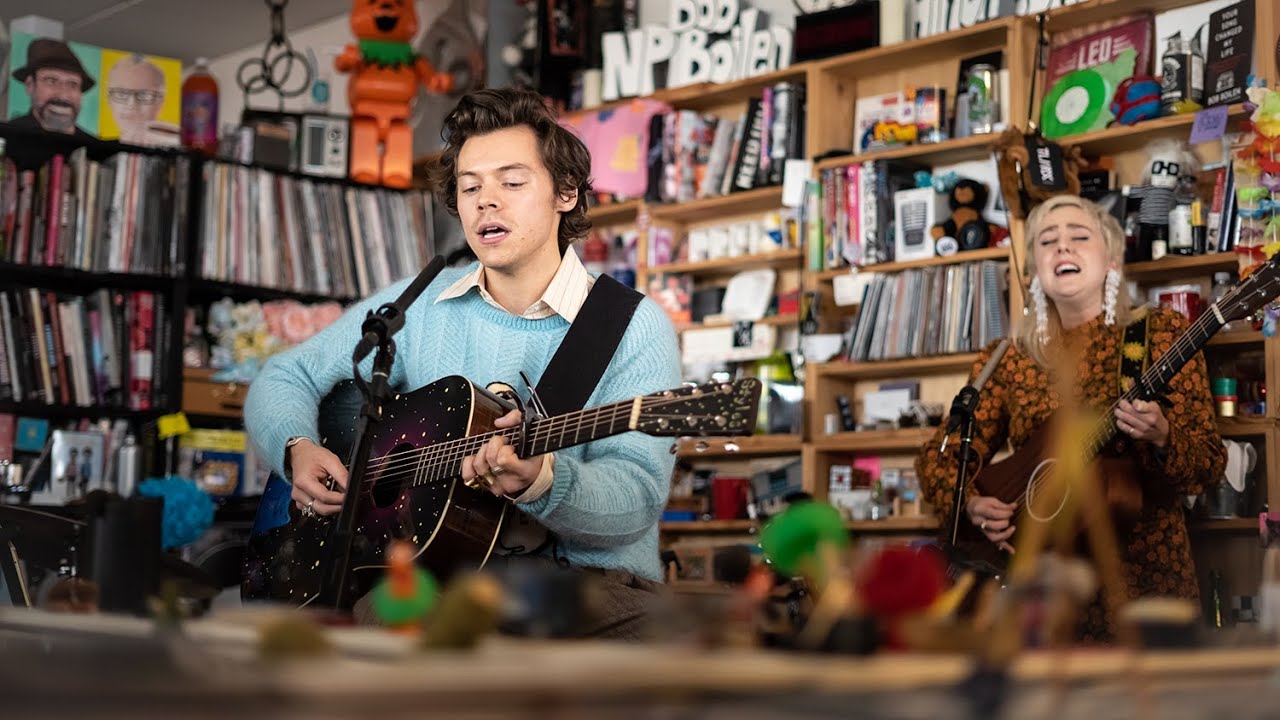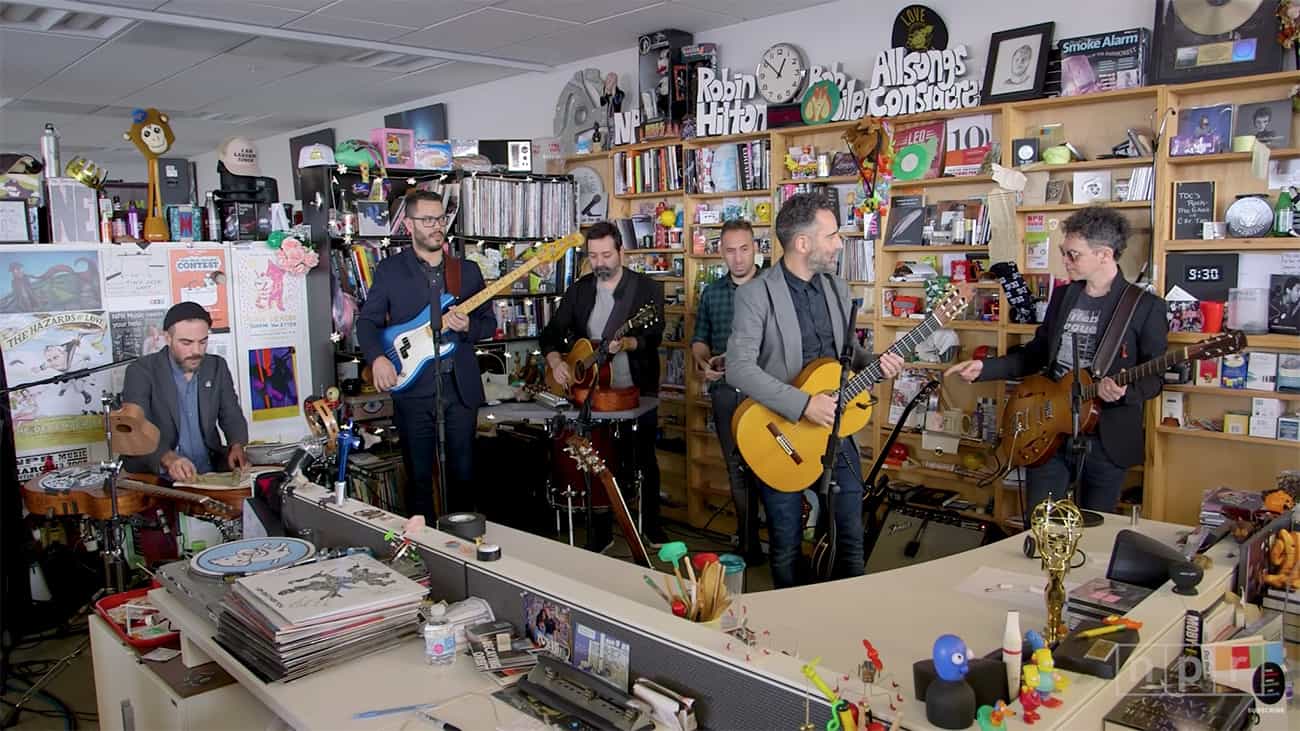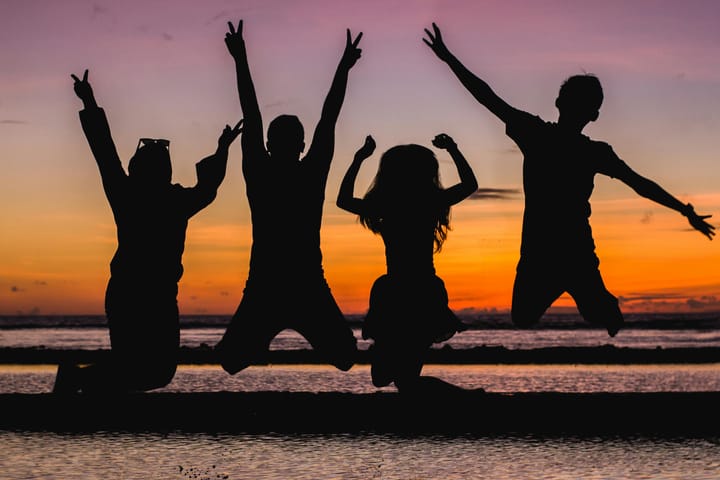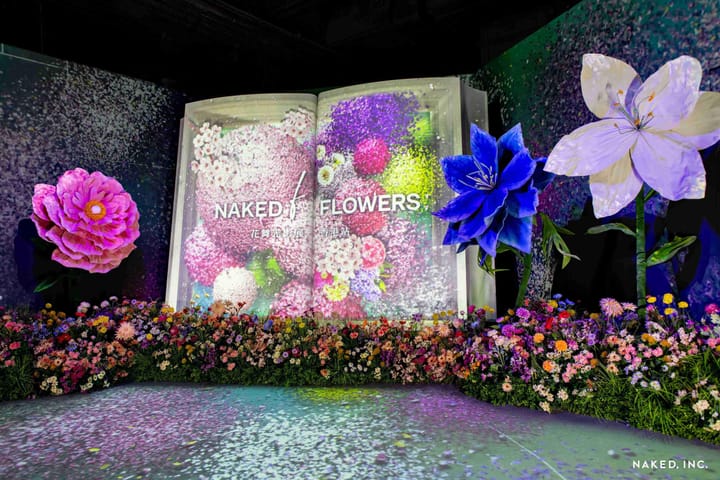A look into NPR’s Tiny Desk Concerts

A few minutes every morning is all you need.
Stay up to date on the world's Headlines and Human Stories. It's fun, it's factual, it's fluff-free.
What started off as just a video recording for a blog ended up becoming one of the most popular online music series known as NPR’s (National Public Radio) Tiny Desk Concerts. American musician Bob B. Boilen first conceived of this idea back in 2008 when he and NPR music editor Stephen Thompson left a show frustrated because they couldn’t hear the beauty of the music over the noisy crowd. After joking to each other about having folk singer Laura Gibson perform at Boilen’s desk, Boilen soon had plans to arrange just that. With a unique idea, a few phone calls and some desk rearranging, Tiny Desk Concerts was born. What this new concept brought to the world of music was a more intimate approach to live concerts.
What are Tiny Desk Concerts?

Picture this, you’re shoulder shrugging among dozens inside an office building in Washington, D.C. What’s in front of you is a tiny desk and a live jazz band with a pianist just barely fitting inside of a cubicle. Decorated with different records, CDs, books, office knick-knacks and empty coffee mugs, the room remains silent until the first note is played. The sound of a saxophone sinks in and the echo it creates within the enclosed space is unlike any other you’ve heard at a traditional concert. You’re only about 10 feet away, enabling you to hear every honest mistake and untuned guitar string in a way that only an intimate, “unplugged” performance can offer. The experience is captivating and memorable, to say the least.
With 10 years under their belt now, NPR’s Tiny Desk Concerts series has hosted more than 550 musical acts at their tiny desk and is now a well-known platform which highlights musical artistry across all genres. The intimacy that’s created with a smaller stage and a vulnerable band is popular among streaming audiences and fans.
What’s to follow is a unique mix of musical creatives waiting to showcase their talents to the world. Artists like Mac Miller, Alicia Keys, The Lumineers, T-Pain and many more have been invited to showcase their art away from the style of over-staged production and into a more genuine realm of artistry, getting back to the traditional roots of music.
The concept was simple, and what followed were musical acts from around the world coming to perform in this 10x10 space behind a desk with the equipment and instruments of their choosing. The series has showcased everything from grand piano soloists to soft acoustic trios and harp string violinists to 23-piece Brazilian brass instruments. The variety of performances at the Tiny Desk are beautifully diverse.
Much of the show’s appeal is based on minimalist production, which aids in capturing stripped-down versions of songs and getting intimately acquainted with the artists and the origin of their songs. While some artists will share quick experiences and anecdotes of writing a song, others will sing a unique version you won’t hear anywhere else.
Tiny Desk Home Concerts keep the music going during a pandemic
With the pandemic forcing NPR to shut down their office, the popular concert series was put on a temporary hold. In response, NPR and Boilen adapted by creating a new series called Tiny Desk “Home” Concerts, allowing artists to continue offering intimate performances from the leisure of their home. With artists bringing their own aesthetic to their at-home stage production, performances by artists like Demi Lovato, Justin Bieber and Miley Cyrus have already reached millions of views on the Tiny Desk Concerts YouTube channel. Lesser-known artists like Moses Boyd, a UK jazz drummer, and Cande y Paulo, an Argentine duo, have been getting widespread recognition for their covers of classic songs while sharing their own music with a larger online audience.
Through the power of music and NPR’s determination, the tradition of Tiny Desk Concerts will persevere and continue to capture the music’s nakedness which makes the series so special. By bringing music communities together and pushing music producers into a more intimate space of production, we’re reminded of where the core of music comes from. Embodying a certain authenticity is a diverse selection of artists performing at their most vulnerable state, which may be sympathetic to our own vulnerabilities we’re afraid to face everyday.
Have a tip or story? Get in touch with our reporters at tips@themilsource.com




Comments ()